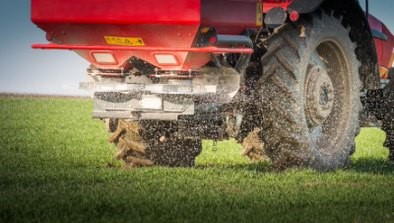Decarbonising N Fertiliser manufacture:
- Green ammonia:
- Produced by sourcing hydrogen from water using electrolysis, which is then combined with nitrogen derived from air using the Haber-Bosch process.
- Blue ammonia:
- Created from fossil fuels, however carbon capture and storage technology is used to prevent emissions from entering the atmosphere.
Recycling of nutrients from waste products
- CCm technologies are developing fertiliser products from AD waste streams
- N2 Applied improving N content and utilisation from slurries reducing ammonia emmissions from storage.
- Organo-Mineral fertilisers containing carbon as well as nutrients
- Bio-based fertilisers
Novel nitrogen fixation
- On farm nitrogen fixation using electrolysis – US teams developing system
- Solar cells used to run small scale on farm enzymatic bioelectrosynthesis units
- Also generates a small amount of power too
Bacterial N Fixation
- Biofilms that complete Haber Bosch in the soil
- Nitrogen fixing bacteria from sugarcane
- Utrisha™ N and BlueN™ from Corteva
- Azotic





Discussion
Useful report from International Fertiliser Association (IFA) via LinkedIn and Systemiq
https://www.linkedin.com/feed/update/urn:li:activity:6976185031056617472?utm_source=share&utm_medium=member_desktop